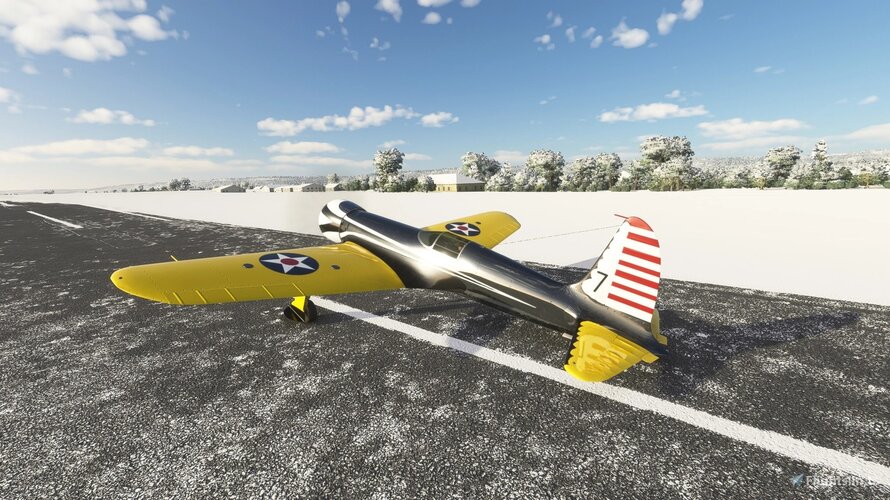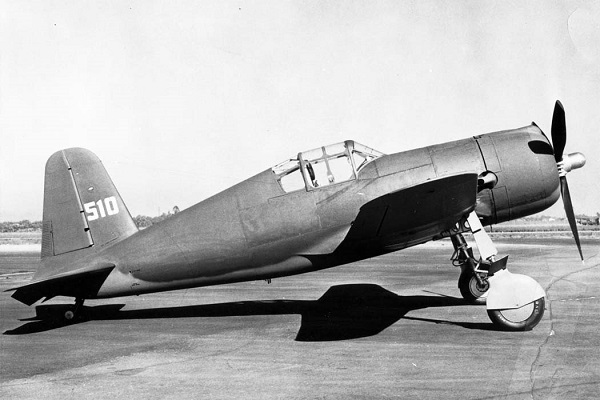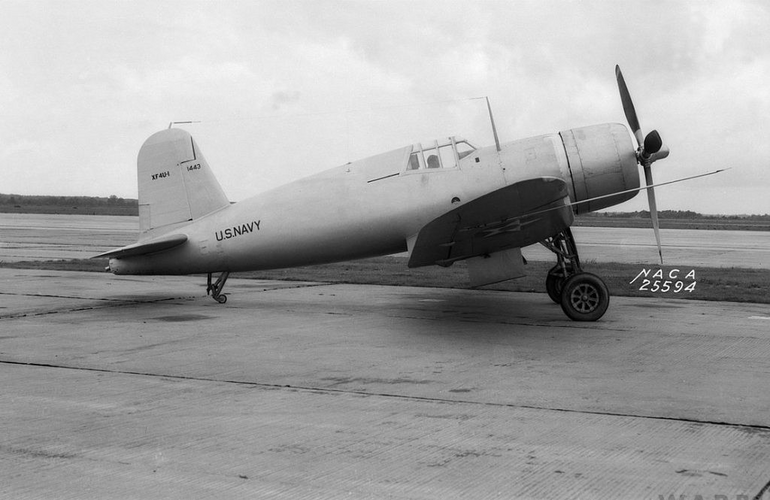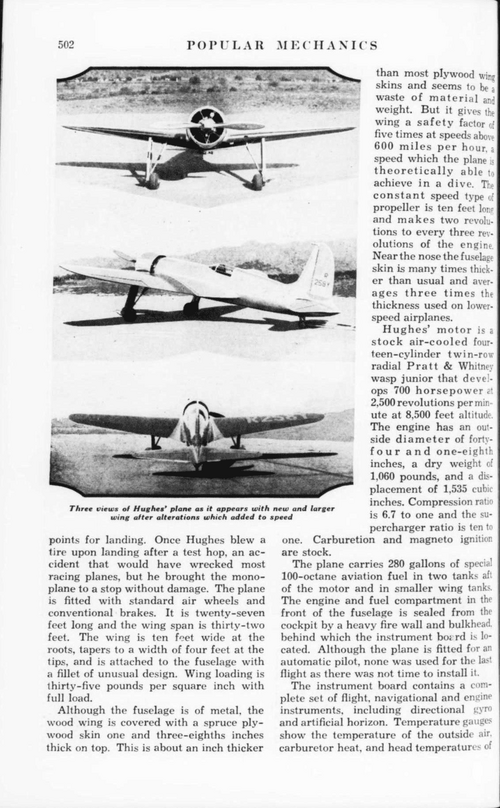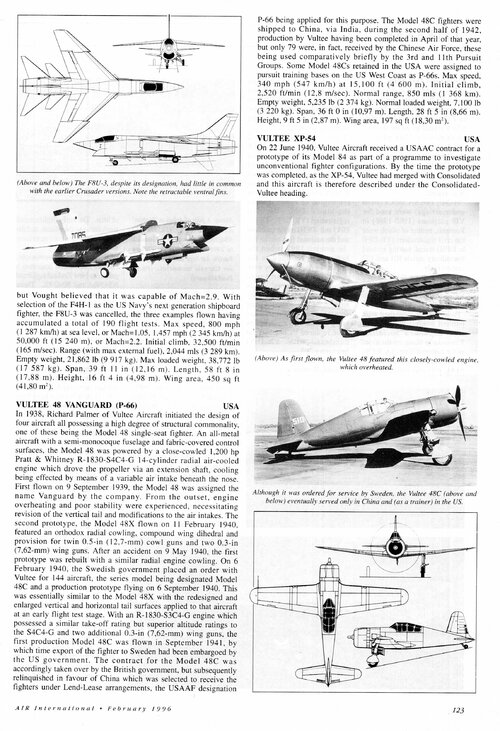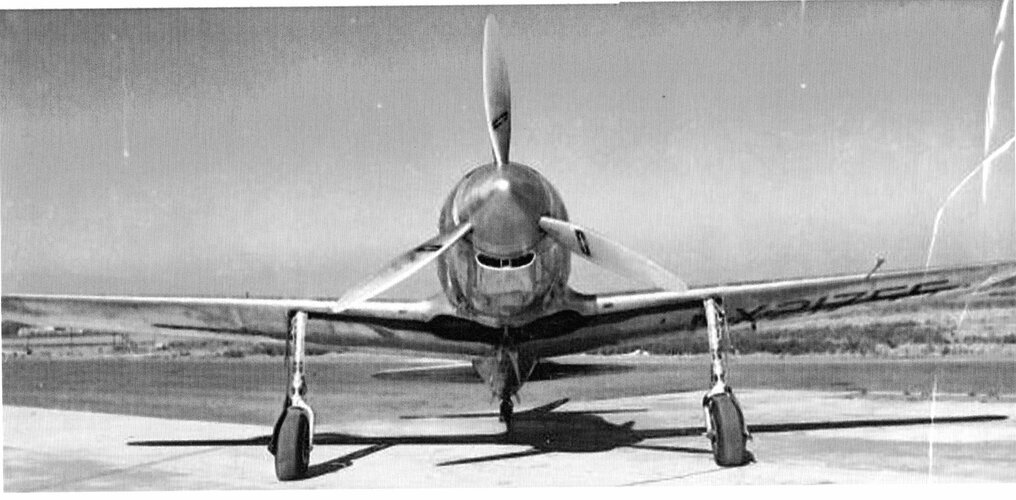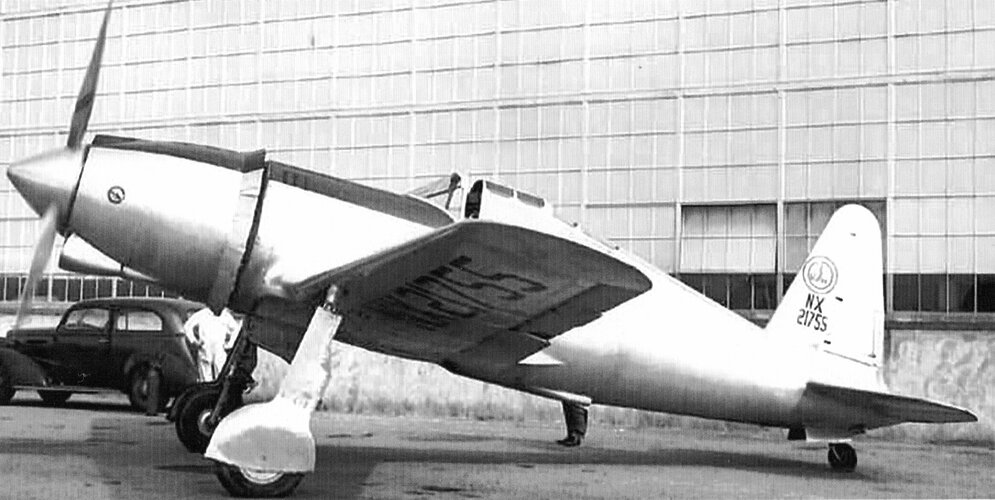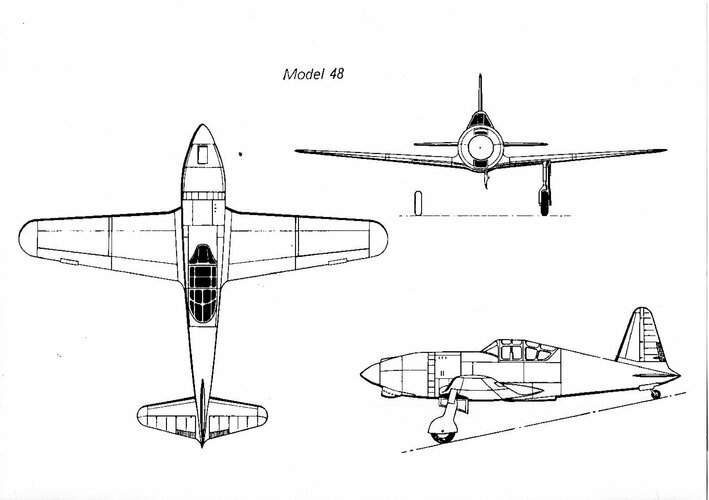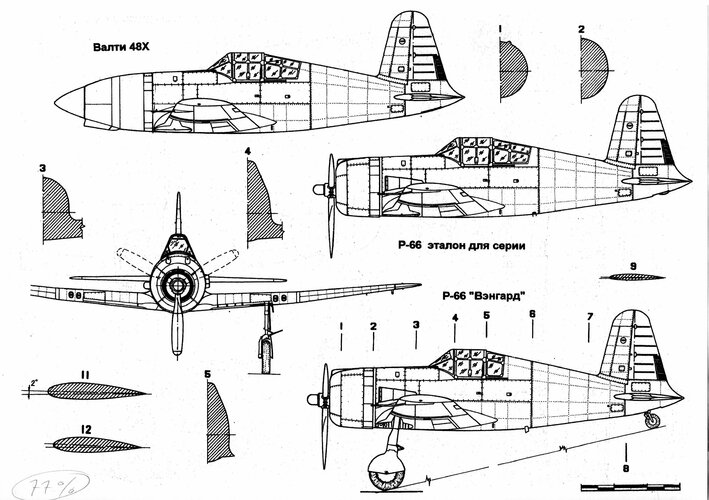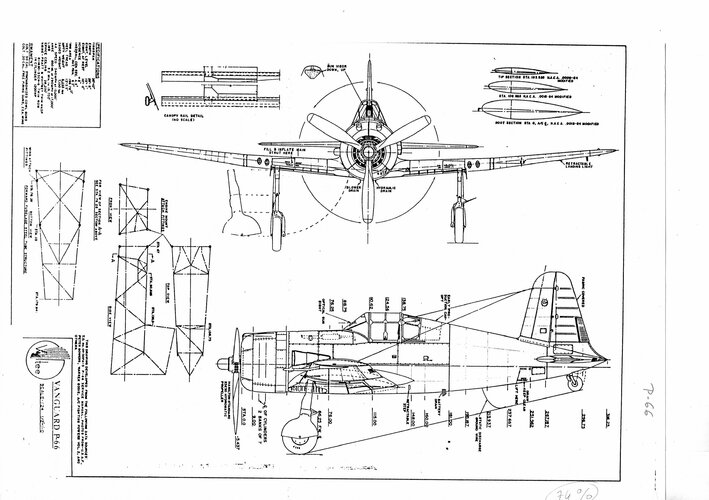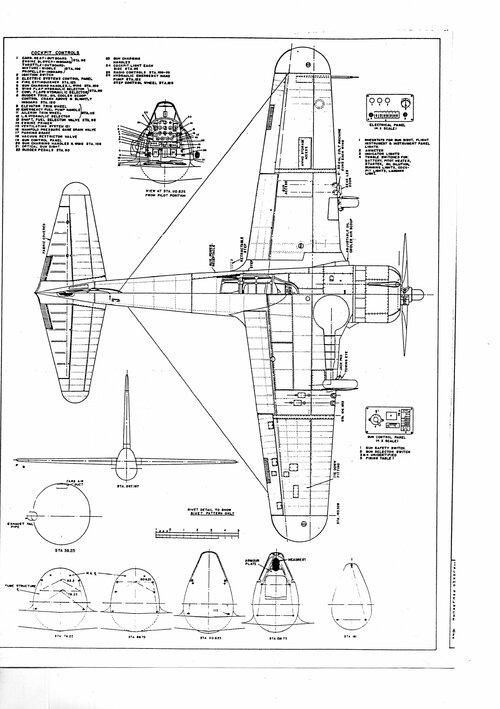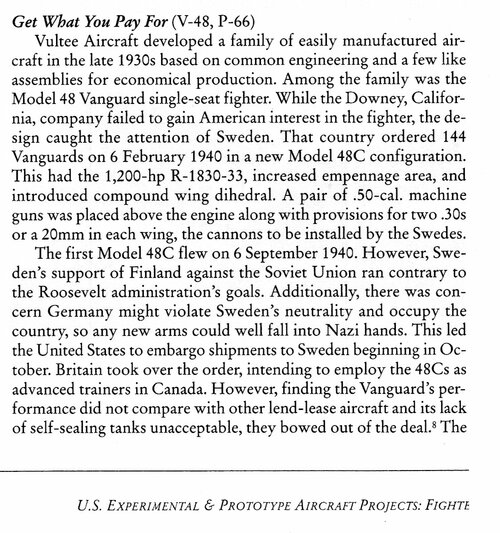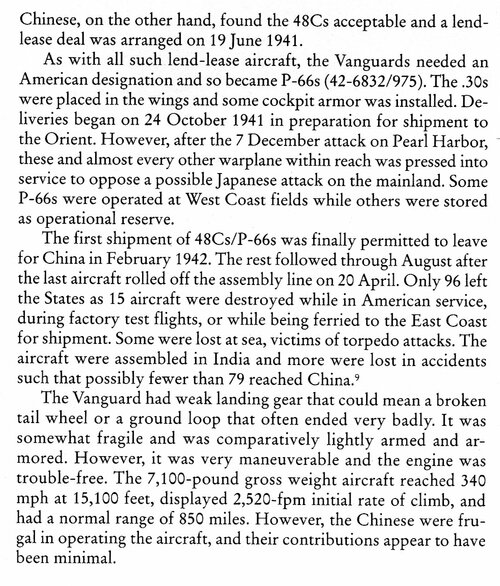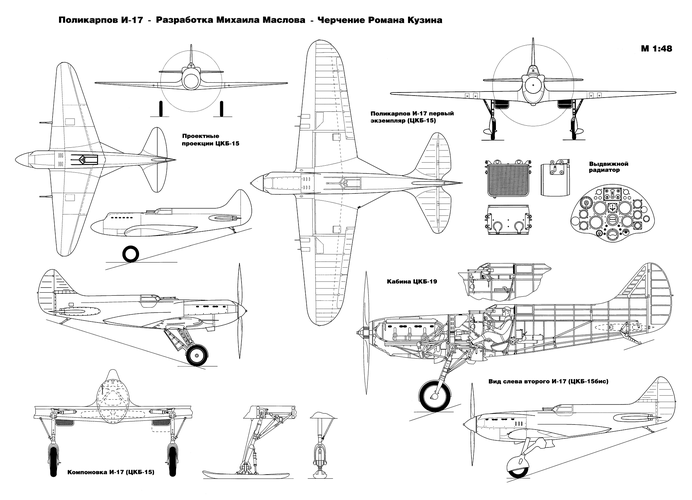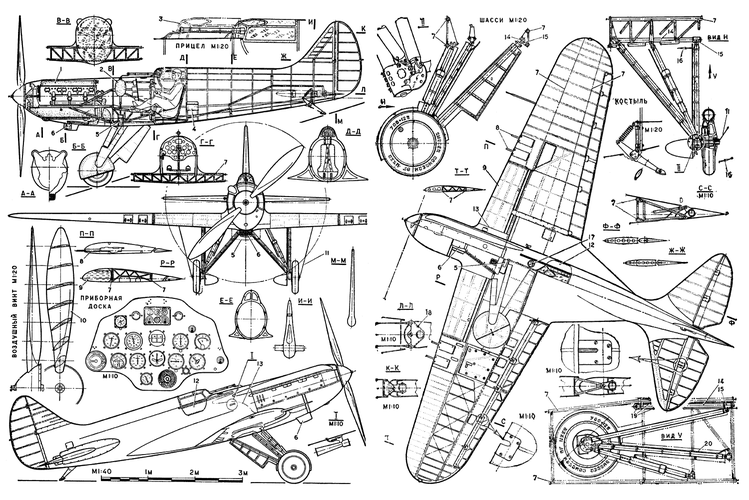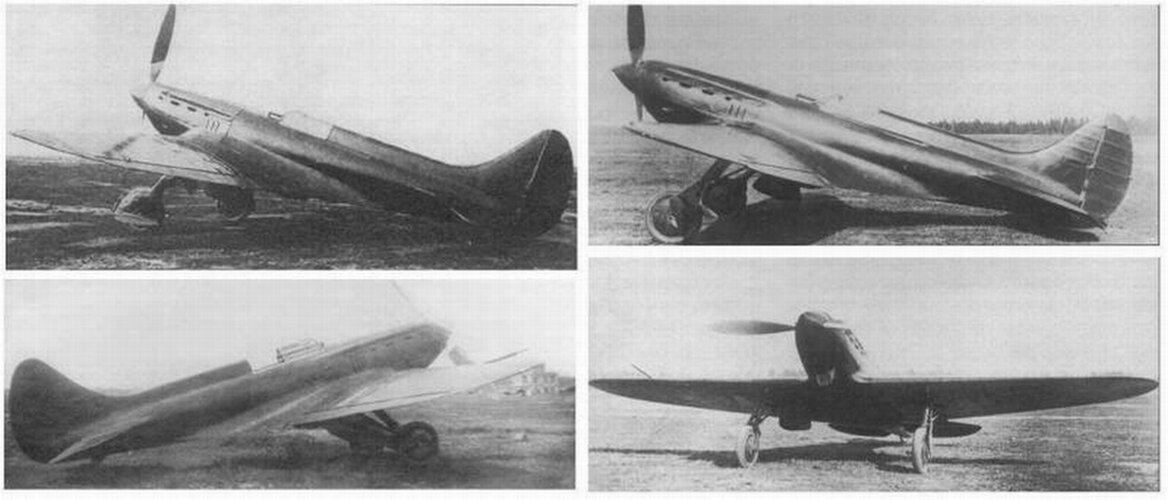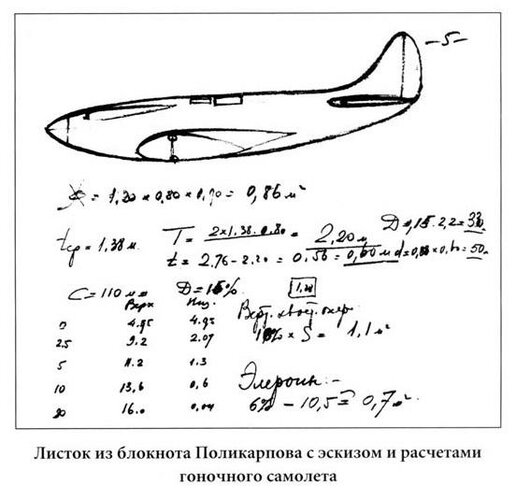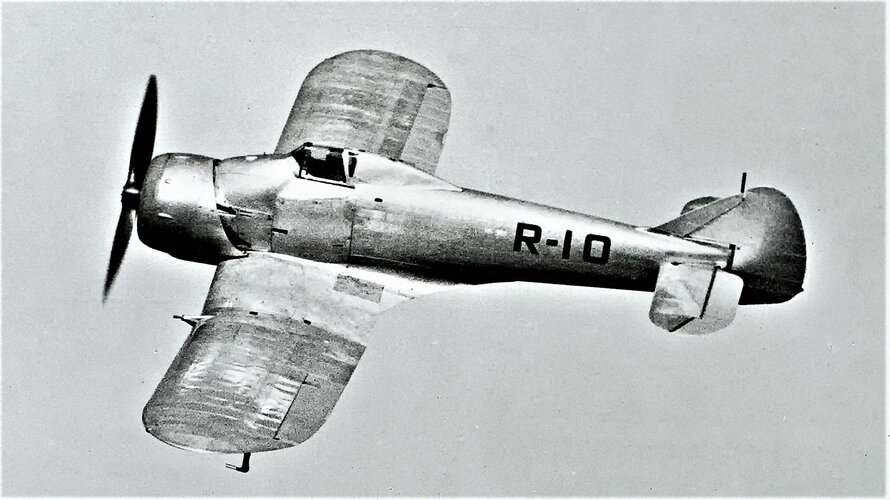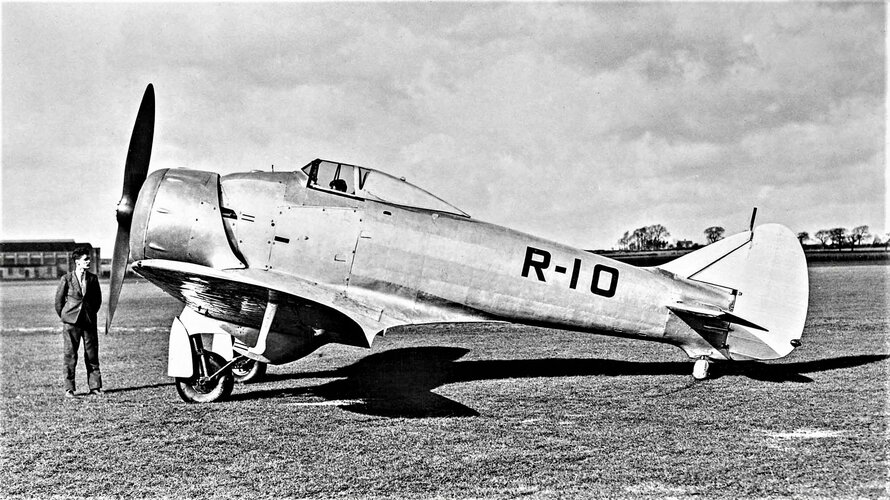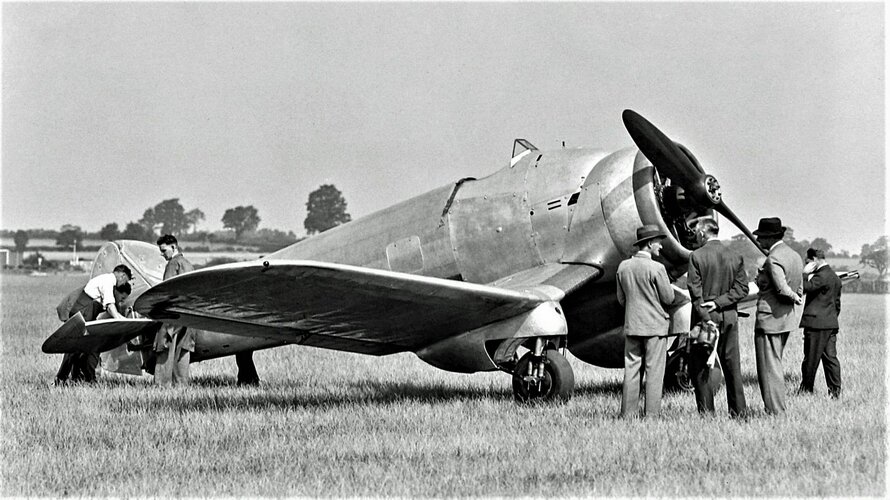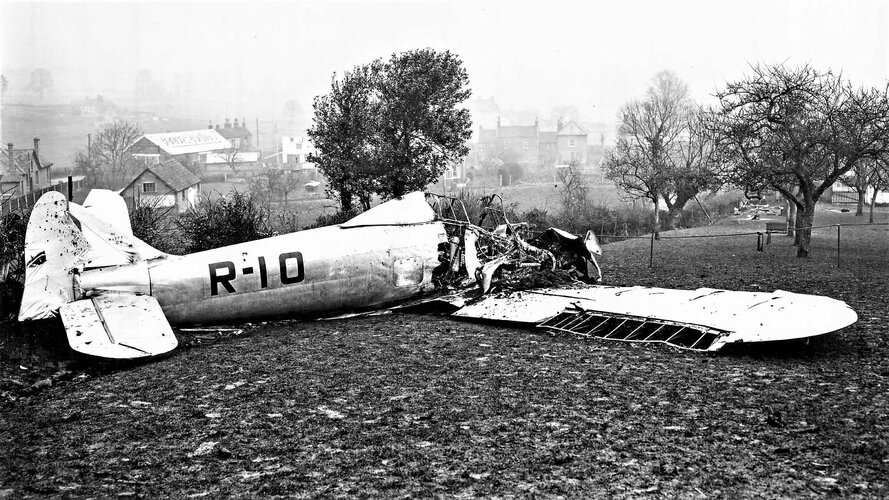Hi folks,
I recently read that Howard Hughes submitted a pursuit plane version of his H-1 racer design to the Army Air Corps and felt confident that after his demonstration of his trans-continental flight the army would be interested because this airplane was definitely faster than any military aircraft anywhere in the world - pursuit plane, bomber, or anything else. . . However the Army Air Corps did not accept this design.
Does anyone have anymore information on this proposal - specifically, how it differed from the racing original?
Regards,
Greg
I recently read that Howard Hughes submitted a pursuit plane version of his H-1 racer design to the Army Air Corps and felt confident that after his demonstration of his trans-continental flight the army would be interested because this airplane was definitely faster than any military aircraft anywhere in the world - pursuit plane, bomber, or anything else. . . However the Army Air Corps did not accept this design.
Does anyone have anymore information on this proposal - specifically, how it differed from the racing original?
Regards,
Greg



